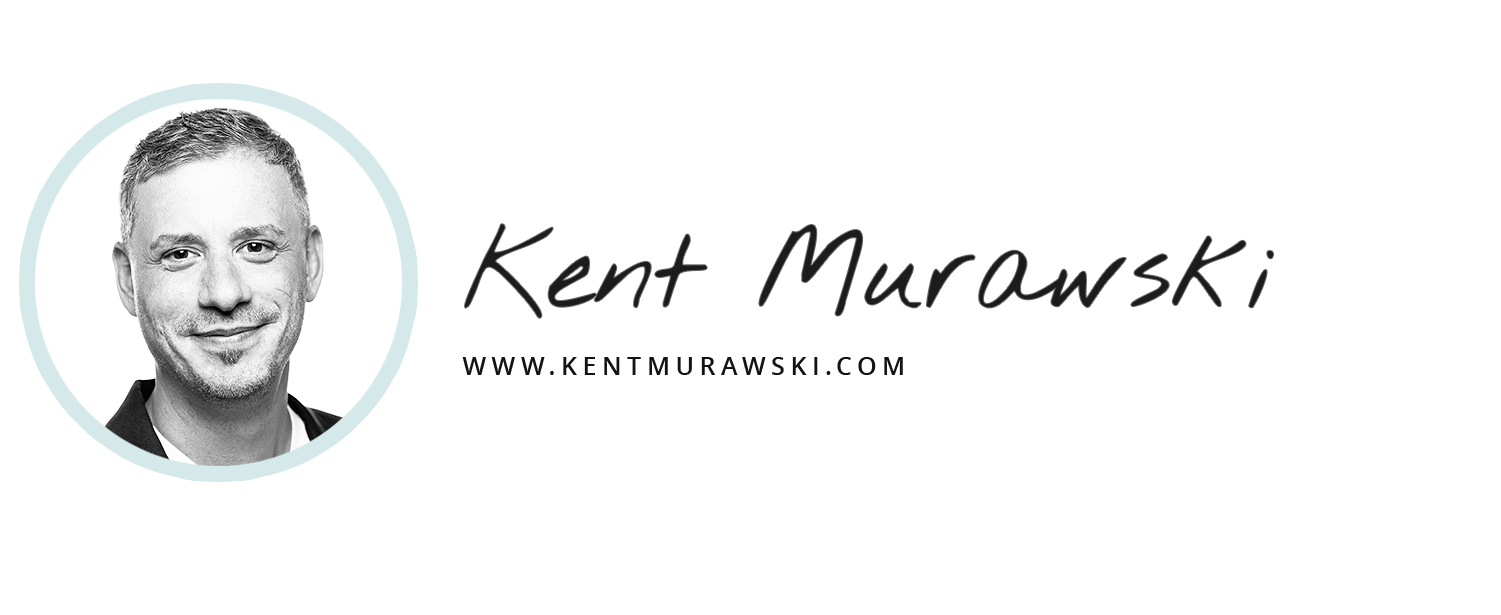Your Rest Problem Isn't Busyness—It's Complexity
What if the reason you can't rest isn't because you're too busy, but because you've made rest itself too complex?
Rest is simple, but it's not easy. Here’s what I mean:
Simple is the opposite of complex. Complex comes from the word “complect” which means woven together, entwined, or braided. Simple comes from the word “simplex” which means single, plain, one-fold, unbraided, or unconnected.
Easy refers to something that is accessible and effortless, versus difficult and demanding.
I love simplicity, but I often find myself overcomplicating things.
What Simple Actually Looks Like
Simple is elegant.
A simple and delicious recipe
A simple and clear framework
A simple and compelling mission
A simple and streamlined look or design
A simple and easy-to-use piece of technology
Notice what they all have in common, they remove rather than add.
Simplicity requires intentionality, focused thought, diligent effort, and often cutting, but it leaves you with something beautiful when it’s done.
This is exactly what I learned the hard way.
A Framework Born from Failure
After my fall-down-on-the-floor nervous breakdown at 27, I had an epiphany: You don't need to understand or control everything to live and lead from a place of peace and rest.
That moment led me to create the Rhythms of REST℠ Framework—four key areas where all of us need simple, sustainable rhythms:
Relational - the people and connections that matter most
Emotional/Mental - processing the weight of life and leadership
Spiritual - meaning, purpose, and grounding practices
Tangible - work, finances, and physical health.
Just like a heart where all four chambers must work together for proper blood flow, a flourishing life depends on integrating these four rhythms.
What a Well-Designed Life Looks Like
The goal of life is simplicity. No one wants a complicated life. A simple life is a well-designed life.
A well-designed life…
Flows from a clear purpose and values, not others' expectations
Gets reevaluated regularly; it’s dynamic, not static.
Lives life holistically, rather than in separate compartments.
Here’s what a well-designed life doesn’t mean…
A well-designed life doesn’t mean perfection, and it doesn't mean we have ultimate control; we don’t. In fact, we have very little control except for self-control. We can’t control other people; we don’t control circumstances; and we can’t control what happens to us or around us for the most part. However, we do have a choice about how we respond to things and what we will do with the time that has been given to us.
But simple doesn’t mean easy either.
Doing the hard work of keeping things simple means we have to make difficult choices—choices that flow from our values.
I learned this lesson the hard way fifteen years ago—crying in the car after four Christmases in five days. Being an intentional husband and father meant making a conscious choice to prioritize the well-being of myself and my family. That moment forced me to ask: Am I designing a life I love in line with my values, or succumbing to other people’s expectations?
Which brings me to you…
Your Rhythms Check
This isn't about mastering one particular rhythm right now. This is about the values that shape your rhythms—because when your life is designed around your values rather than others' expectations, every area begins to work together.
If you don't identify and prioritize your values, you'll keep saying yes to things that drain you and no to things that matter most. You'll end up with a complex life designed by committee—everyone else's priorities woven together until you can't find your own thread.
But if you take the time to define your values, you can make difficult decisions from a place of clarity rather than guilt. You create simple systems that support what matters most. You stop apologizing for living intentionally.
Your values determine whether you're living a life by design or by default.
This week's rhythm: Take 15 minutes with pen and paper and do this brief core values exercise: If I could only say yes to three things in life, what would they be?" Don't overthink it. Don't make it complicated. Just write what comes first.
Then look at your calendar for last week. How many of your commitments actually supported those three things?
If someone looked at your calendar from last week, what would they say you value most—and would they be right?
Most people think that creating rhythms of rest requires elaborate systems, perfect conditions, and massive life overhauls, but the truth is that simple, sustainable rest comes from eliminating complexity and living from your values—not by adding more structure.
Leave a comment and tell me: What's the one thing you discovered you're currently saying yes to that your values would tell you to stop? I read every response, and I want to know what you're wrestling with.
Until next time,

Whenever you're ready, there are four ways I can help you...
- Try the 5-minute REST Assessment to identify exactly where you are on the burnout scale—from Thriving to Critical—so you can take the next right step.
- Transform those anxiety-filled, rushed mornings into your foundation for daily success with my course, Win the Morning, Win the Day!
- Schedule a Discovery Call to find out if executive coaching is for you - for business owners or executives
- Catalyze your organization - invite me to do a keynote or workshop
Share this Post:











